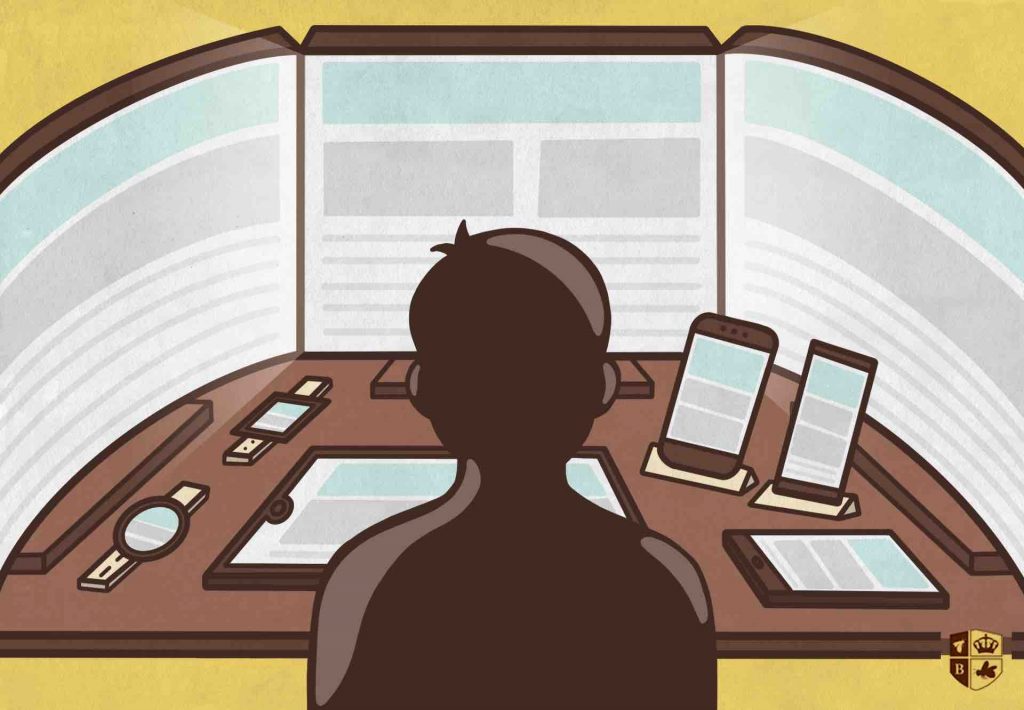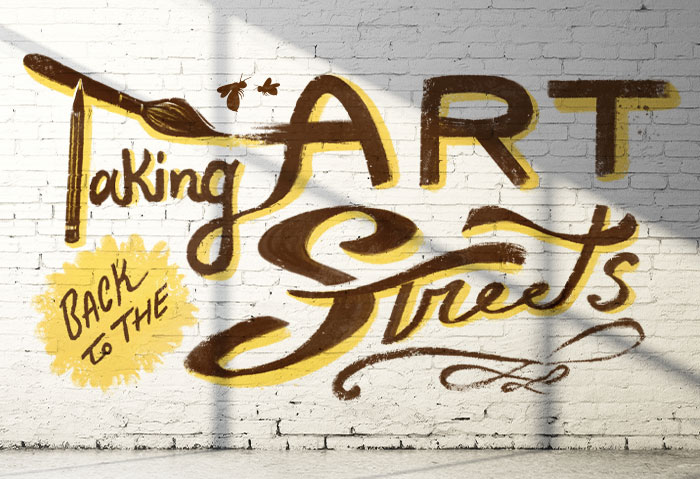Designing for the World of Tomorrow

Times keep changing, and with them, technology. In the last few decades, we’ve seen trend after trend come and go. Our phones have gone from landlines to wireless touch screens and our computers have gone from towers to pocket-sized devices.
And in the middle of all this innovation in technology are designers, like us, tasked with not only keeping up with changes, but anticipating them.
As designers, living in a time where disruption feels like the norm, we find ourselves constantly keeping an eye on the development of tomorrow. New services and new technologies are appearing at a quicker pace than ever before—and that means the way we design for our devices is evolving at an increasingly faster rate.
The New Norm
Early in my design career, I was involved in an exciting project: creating an interface for a social app intended to run on Google Glass. As a new designer full of ideas, the possibilities seemed endless. Without a guide to reference or prior knowledge of anything similar in the market at the time, I felt like an honest trailblazer, able to push the limitations of my designs with no boundaries. Little did I know, there were plenty of boundaries to overcome. I simply had little understanding of the true task at hand.
With this experience in mind, I think back to the past—those simpler times of creating websites, when our only worry was designing in 800px x 600px dimensions ( check out this site for a little nostalgia). Today, there is an expansive range of devices, all of which our digital services must support. There are regulations and standards to follow and resolutions to keep in mind. We are constantly building our understanding of how users interact with our websites, and re-examining when user habits shift.
Keeping in mind all of these devices, resolutions, standards, dimensions and regulations, I find myself asking the question I should have asked when I started that project for Google Glass years ago: How can we future-proof our digital products, or at the very least, set ourselves up for success when what’s next to come inevitably arrives?
Put simply, how do we design a product that can withstand time?
To find that answer, there are a few other key questions we have to dive into first.
Who am I designing for?
Understanding your audience is the baseline standard in creating an intuitive interface. Beyond knowing who the audience is, you need to understand how they interact with your services and what needs your services address. Being able to understand how the user is actually using the product is the single best method to uncovering how to optimize it.
What devices are they normally using?
And why are they using these devices in particular? Understanding how and when a device is used helps us better take advantage of its capabilities and better fulfill the audience’s need. Are they sitting in front of a computer, at rest, with time to scroll through details on a large monitor and take in the data on screen? Or are they on-the-go, literally thumbing through content on smaller devices with just enough time to review notifications?
How do they interact with the device?
We have to be specific in understanding our users’ devices. For example, I’ve been toying with the idea of designing applications for digital smart watches. One of the key challenges I’ve run into in modifying my designs for each device is understanding how users interact with them differently. On an Apple Watch, we have become accustomed to elements moving from top to bottom when scrolling. On an Android Watch, the round shape allows circular rotation for selecting items on screen. Knowing how to take advantage of these differences goes a long way.
The Next Norm
It’s important to remember that designers are not psychics. We are no more able to predict the future of technology than the next person, despite the fact that we must try to do so to the best of our ability. Every day we see new services and technologies quickly come and go, providing us with more possibilities and, at the same time, more limitations.
While we can do our best to stay up-to-date with these new developments, the truth is, nobody knows what the future will hold. What we can do in the meantime is remain flexible with our designs, while still maintaining the integrity of the products we’re building.
My advice is not to limit the growth of your brand, design or project moving forward because of the rules you set yesterday. Instead, ask yourself one last crucial question: What was the most important thing you learned yesterday, and how will it impact what you do in the future?
6 Reasons I Got My WBE Certification
How KFC Mastered The "I'm Sorry" Ad
What Is Your Type Saying?













